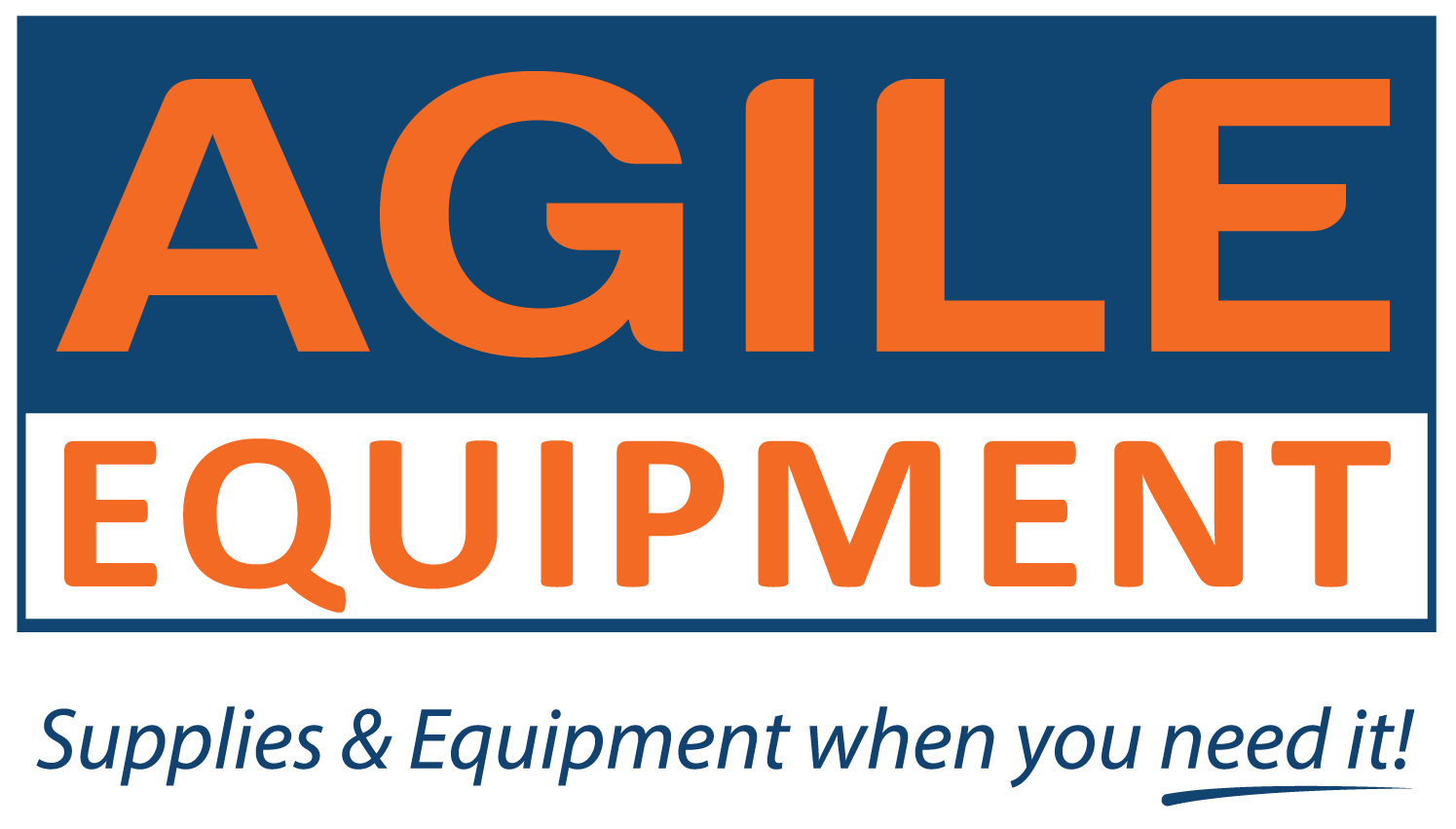YES, air filters and dehumidifiers are useful for allergies. An air filter inside an air purifier will collect contaminants inside the filter as air is passed through the filter media. A dehumidifier on the other hand can reduce humidity in the air to help inhibit the growth of mould and other allergens such as dust mites.
Dehumidifiers Vs Air Scrubber / Purifier
Air Purifier |
Dehumidifier |
|
Purpose |
To trap mould spores dust, pollen, particulate from pollution, odours etc from the air inside its air filter | To reduce the humidity and moisture in the air around it |
Types |
Hepa Air Filters, Ionizing, Ozone, UV Light, Carbon filter, AHPCO, Plasma Ion, Hydroxyl | Refrigerant Dehumidifier (Most Common) and Desiccant |
Application |
Remove particulates and odours from air. Can also remove odours and gases with the use of a carbon filter inside. | Place inside a room and it will remove moisture from the air and expel warm dry air. |
Benefits |
People who experience allergies can breath cleaner air | Moisture in the air can condensate and feed mould to grow on surfaces. |
Functions
In addition to purifying the air and removing contaminants, air scrubbers can remove mould spores from the air which a dehumidifier cannot do. This can be an important part of managing indoor air quality because if mould spores are allowed to spread, they can settle on surfaces and start to grow mould.
A dehumidifier purpose is to remove moisture from the air and in turn reduce the humidity levels. Its primary function is not to remove contaminants from the air. However, by reducing the humidity in the air, you are able to reduce the growth of mould since mould feeds on the moisture which settles on surfaces. It thereby plays an important role in indoor air quality management. By reducing the humidity it can make it difficult also for dust mites to thrive in the air and thereby reducing more allergens.
Types of Dehumidifiers
Refrigerant Dehumidifiers – This is the most common type found in homes or water-damaged buildings. It is basically a condenser coil that collects humid and allows the water to condense and evaporate on the coils and drip into a tray. The tray is either emptied when it is full or it is automatically pumped out into a sink or drain.
Air Conditioning – air conditioners work of the same principle and can be used as dehumidifiers. Just be careful of air condensating on walls, ceilings and windows. This should be managed. You also need to ensure the air conditioning filters are clean without any mould spores inside it. Failure to do so can simply spread the mould problem.
Desiccant (absorption) Dehumidifier – there is a special material called desiccant inside the dehumidification unit which collects the moisture. The desiccant is recharged and made dry again heating it up with hot air. This hot humid is expelled out the other end usually though a flexible duct directed outside a home through a window.
Types of Air Purifiers
Just a note on this. Never before have I seen so many different technologies and air scrubbers on the market. It can be very confusing to make a choice. As a guide we have followed IICRC guidelines on the use of correct air exchange protocols and media to be used inside a hepa air scrubber. Usually you would like to aim for 4-12 air exchanges per hour.
Additionally, we have been using hydroxyl generators, ozone generators and UV lights for some time and have found them effective of reducing odour from the air. We do not generally use these to purify the air as such but as a method of reducing odour from the air. They do not clean surfaces from what we have found. Professional odour removal should include source removal which means cleaning and decontaminating the area first.
Types
Filter Media
This includes air purifiers which have Pre-filters (for dust), Carbon filters (for odour) and HEPA filters for removing allergen producing and other contaminants.
Ionising
This has recently been gaining more popularity. These units are very small and they can be placed inside HVAC systems and can be made safe to use. These use a discharge with a powerful electric field should create charged particles to fuse together and drop to the ground or settle out of the air. Perhaps the only problem with this method from our standpoint is that the contaminant is not actually removed from the environment, it is simply dropped to the floor. A way around this is to place a basic filter in front of the unit to collect the large particles.
Ozone Generators
These can be dangerous if not used properly. We do not recommend using these at all. It changes the oxygen in the air into ozone. The ozone goes back to oxygen thereby reducing contaminants and removing odour. Do not use this method if you have no professional training.
UV light
Air can be passed through a UV light which can kill some microorganisms.
Conclusion
To answer the question, yes air filters and dehumidifiers are extensively used by professionals to reduce allergens, mould spores and other contaminants in the air. They both serve different functions which is why you need both to help control allergens in the indoor environment.
Need More Help?
We offer dehumidifier hire and air purifier hire in Australia via our Melbourne, Sydney and Brisbane hire depots. Call AGILE Equipment Hire Today 1300 092 647.

